Ceramicist Simone Bodmer-Turner
Interview by Eric Hsu.
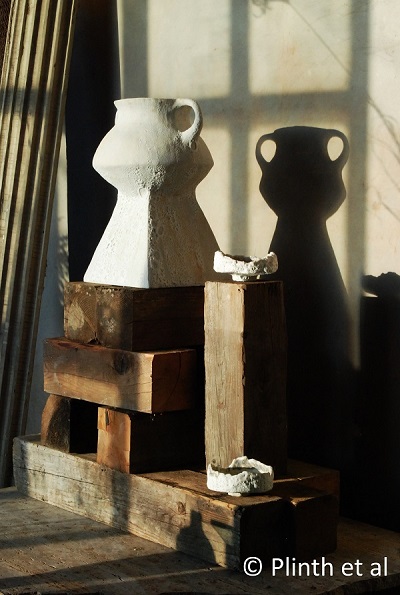
Currently the ceramicist-in-residence at Saipua, Red Hook, Brooklyn, Simone Bodmer-Turner has been turning beautiful singular pieces in earthly tones and with natural imperfections. The irregularities of their shapes and textures give her ceramics an idiosyncratic feel not replicated in commercial, wheel-thrown pieces. Simone's first forays into ceramics began with jewelry sold through independent boutiques, and her creative evolution into full-sized ceramics felt destined. Her local artist residencies have been based in Massachusetts and upstate New York. Simone has refined her skills in Onishi, Japan and Oaxaca, Mexico where the differing cultural perspectives towards ceramics has influenced her work, as well as the selection of clay and the process of shaping and firing. Simone's work has a loyal following, and is found in private collections. Her recent show at Saipua, pictures of whom feature here, was successful, and several pieces sold out within the first hour. For more information, please visit her website (www.simonebodmerturner.com) or IG: @simonebodmerturner
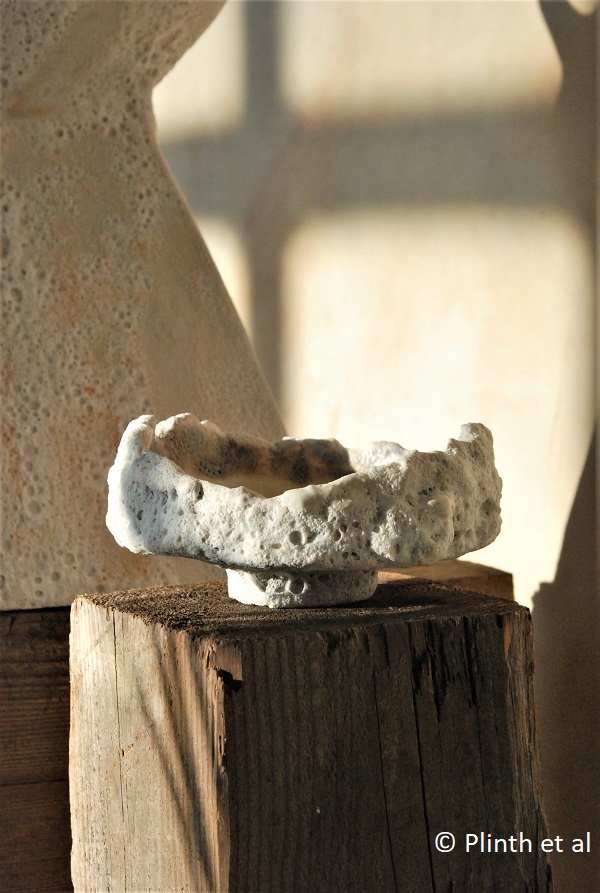
Clay is a metamorphic medium that either can be generous or unforgiving under a creator’s hands. What is it about clay or the processing of shaping ceramics you appreciate over other media?
The romance of using a medium that is created by the intense pressure of the earth compressing rocks, minerals and decaying matter is an act I find endlessly poetic. It was a real kick in the gut to realize that most of the clay I’ve been using for years in city studios from ceramic supply stores are mixed as individual ingredients and are very distant from the original methods of digging and mixing clay. Getting closer to the original practices surrounding the medium is why I’ve traveled all over the world to study from communities who have less industrialized clay traditions.
As someone who moved very quickly to hand building after I was trained - as most who are interested in ceramics are in a city studio - on the wheel, clay really functions as a sculpture body for me. Learning the nuances of a clay body’s capabilities depending on its moisture level and physical composition is a never-ending endeavor to master. Though I feel that clay will certainly be part of my practice for my entire life, I’m itching to try different mediums like stone and concrete.
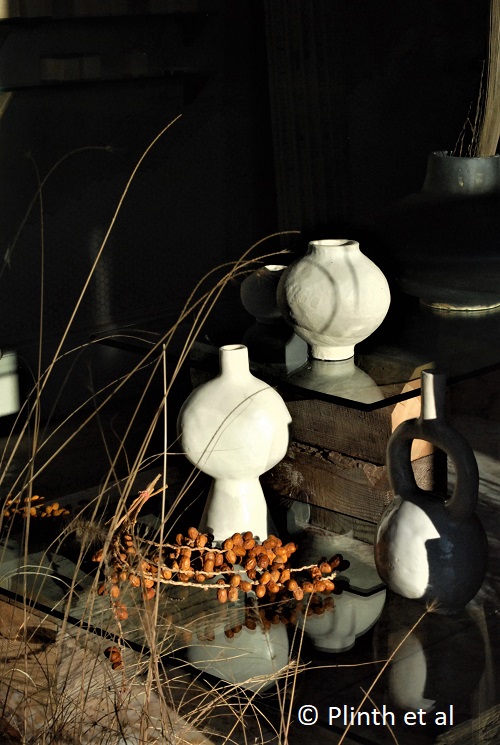
The dialogue between functionality and conceptual art seems to be a perennial conflict for ceramicists – the vessel in its elemental form exerts strong psychological hold on us humans as a receptacle for sustenance and seeing it as an art itself is harder to reconcile. At what point does your role as the artist becomes aligned with that as a craftsperson focused on functionality?
I fit into a strange niche in that I am drawn to historically functional forms - water vessels, wine and sake fermentation vessels, urns, ceremonial vessels - but I don’t work as a potter does, churning out functional ware, but preferably as an artist, creating one piece at a time, never to be exactly the same as the next and whenever inspiration strikes. Which luckily, is often. I’m well aware that this may well work to my detriment, but at the moment it works for me. That is not to say that I haven’t taken on projects or needed to set deadlines for myself which force me to work more like a production potter, but for the most part I work on my own time at multiple pieces at once as they dry in different intervals. Once you get a good groove going it’s a lot like cooking, and a body of work comes together bit by bit all together and each piece often winds up influencing each other in the way they might interact. Though at the moment, I’m making functional vessels, I am very interested in the sculptures of artists like Noguchi, Brancusi, and Calder and potters who have turned to sculpture like Peter Voulkos and Ruth Duckworth. I’d like to be incorporating more modern forms into the more traditional inspiration I’ve been working with.
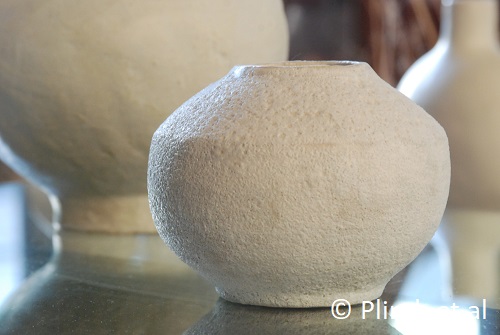
The Dutch designer Hella Jongerius once said: “Colour is subjective, there is no truth in it. A colour by itself is nothing, and so it gets its character from the colours around it.” Your ceramic work takes on the muted earthly hues (i.e. ashen gray, white, rusty ochres), and they reflect the atmospheric light conditions from morning to evening. Although they are prized for their spare colors, Japanese and Mexican ceramics are well known for their brilliant colors. Was it a conscious decision to emphasize the form and texture over color for your work?
There’s two parts to the natural hues of my work. My base will always be a creamy, hyper-matte white. It doesn’t detract from the form, and keeps even the most Grecian inspired pieces feeling contemporary. I started using glazes in this spectrum as a stylistic choice but it has also acted as a placeholder while I test and experiment with recipes to get more texture and complexity onto the surface of my pots. After working in many collaborative spaces where the glazes are mixed for you by the staff and set out in buckets for you to essentially pick your color and put on a shelf to go into the kiln, I desperately wanted to understand the chemistry behind the muted creamy substances I was handing my artistic vision over to. Only in the last two years have I committed to mixing all of my own glazes and really understanding the naturally occurring, and, these days, many man-made, components of a glaze. I aspire to get to a point where a glazed piece can come out of the kiln and if I’m not happy with it I know what to tweak without having to scratch the whole batch. Matte white will always be my base, but I’m looking forward to seeing how all the test batches I’ve been working on come out.
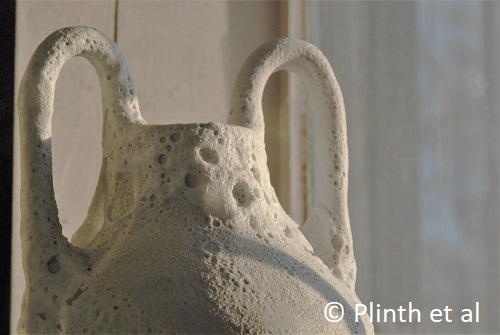
Despite the preponderance of natural motifs in Japanese arts and culture, most people still view Japan as this country ensnared in futuristic, technology vise with little connection to the natural world while holding on its past relics. You have expressed surprise at the depth of the Japanese connection with nature. What were the few specific things that struck you during your time there?
I wouldn’t say that I was surprised to find how connected the Japanese people are to the natural world, as I tend to romanticize everything, but I would say that I was lucky to be in a place and with people where that connection is still deeply ingrained, rather than in a big city like Tokyo which I found very overwhelming commercially. The whole experience of firing the Anagama kiln up in the mountains was fantastic - in the magical sense of the word. We were up in the hills above Onishi amongst the cedars and the vines, staying in a cabin and taking turns stoking the fire through the night. I worked the 3am-9am shift with my dear friend who had flown over to help with the firing and travel around Japan with me. By 3 am most everyone had gone to sleep and it was just Elissa and I sitting in front of the fire telling stories often riddled with sleep deprived nonsensical humor, or often not talking, for hours listening to the deer call to each other through the forest. We would sip sake through the night and make coffee on the camp stove at the first sign of first light, and cook ourselves breakfast before the rest of camp had risen. When the other potters finally arrived to take over our shift, we would soak in the wood fired tub as the mist lifted out of the forest before taking a nap.
The Japanese community from the town and our friends who came to help with the firing just seemed comfortable and at ease living in the woods. Everyone moved confidently from cooking over gas to cooking over fire, foraging in the woods for the perfect stems and branches to decorate the communal table, having tea on a plank suspended from the trees rather than in a more traditional setting. It was an incredibly enchanting moment in time.
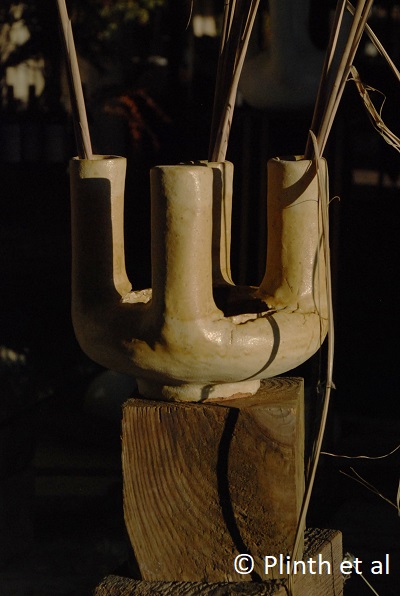
You were a fellow of the Pocoapoco, “a multi-disciplinary, research-based residency in Oaxaca, Mexico offering time for retreat, a platform for creative exploration and space for a collective intelligence”. This fellowship too molded your impressions on ceramics and its place there. What did you take away from Oaxaca that was different from Japan?
Though people imagine Japan is the place to go to train under a master, my work was more independent there, whereas Mexico was the place I worked under a master. Rufina and her sisters had been making pots since they were 6 years old and had learned their craft from their mothers and their grandmothers in Atztompa, a 30 minute drive outside of Oaxaca city center. They were incredibly skilled and had a profound knowledge and intimacy with the clay. Though the cultural experience in Japan was perhaps more formative for me - greatly in part to the fact that I was living there three months longer than I was in Mexico - my time in Oaxaca was incredibly formative stylistically and technically.
The pottery there, and generally in Central and South American, is still made the traditional way through various hand building techniques. Rather than being looked down on for my hand building tendencies, as I’ve experienced in many pottery communities in the developed world that favor the more perfect wheel thrown forms, my style was embraced in its familiarity. I learned many building and burnishing techniques from Rufina and her sisters, but what I really learned was not to be afraid of the clay, to handle it more forcefully in order to coerce it into the desired shape. I remember squirming while Rufina literally beat one side of my pot with her hand to get it symmetrical and took a machete to another pot to carve down imperfections. I took a bunch of jicaras home with me and have been carving and burnishing my pots with them to get a smoother surface than my earlier work. I’ve started working with sculpture body which has a lot of grog, which is similar to the clay bodies they dig and mix in Atzompa. The flexible strength of that clay has made me work less timidly.
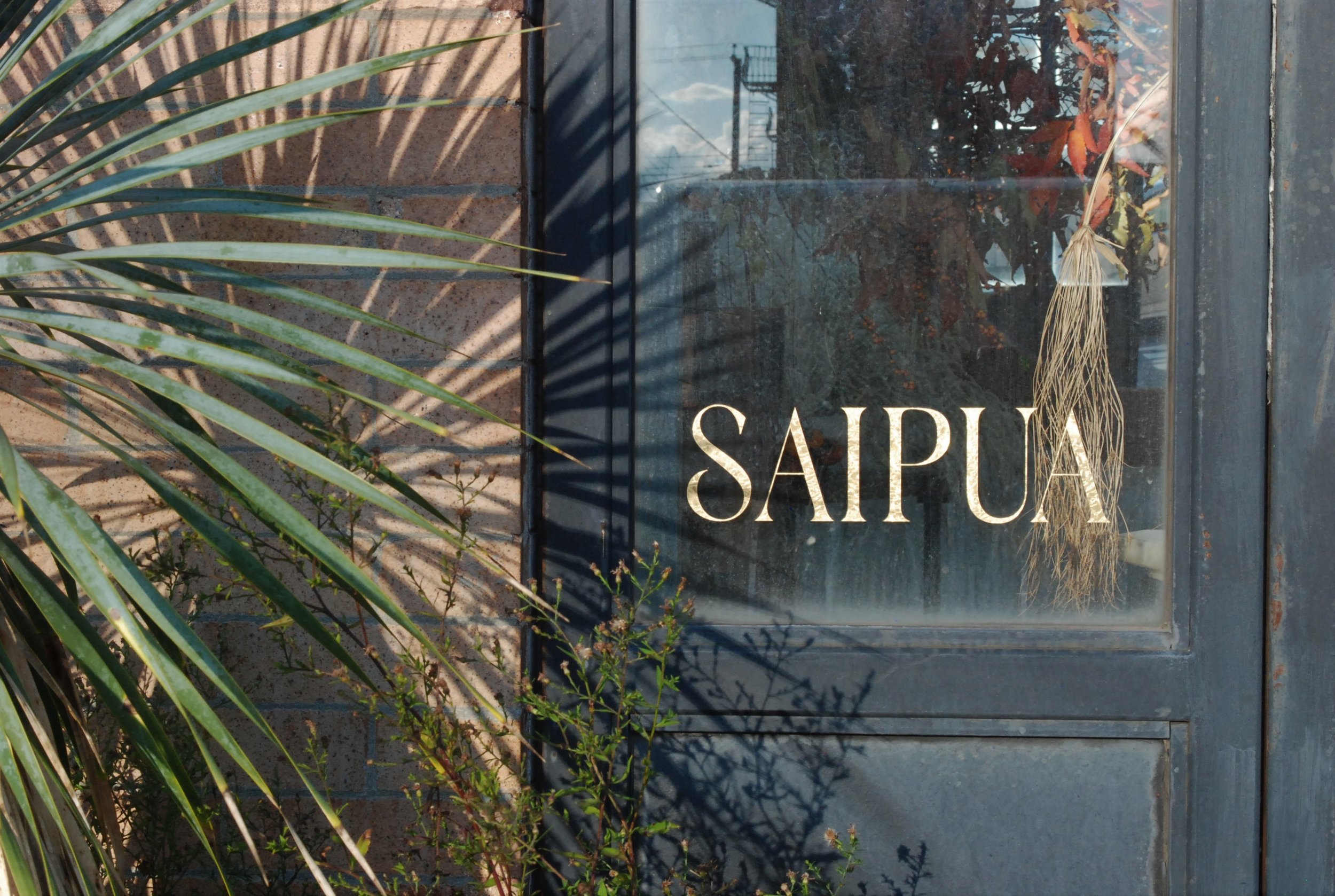
How has becoming the ceramicist-in-residence at Saipua alter your perspective as the work will become complementary to cut flowers and plants?
Working with Sarah and her team of florists has been incredibly informative in terms of building vessels for specific arrangements of plants. Luckily, my work is heavy by default as I prefer to build with a thick coil and like the feel of something substantial which helps eliminate the problem of a pot falling over from the uneven weight of stems. Sarah’s arrangements are bountiful and wild, which often means putting stems in vessels in an nontraditional fashion, which she has been teaching me to build for. I am personally drawn to what can be done in a shallow vessel with a flower frog, and have been experimenting with building them into my pieces. It’s a constant learning and experimental process. Hand building lends itself to building interior walls and lips to assist the ill-balanced, but more interesting and poetic to accommodate the stem or branch. Just getting to handle the flowers and learn about them from Saipua has been incredible. Plus, the crew is some of the most hard working, deeply sweet, and insanely talented individuals I’ve met in any working environment. I’m very grateful to share space and artistic vision with them.
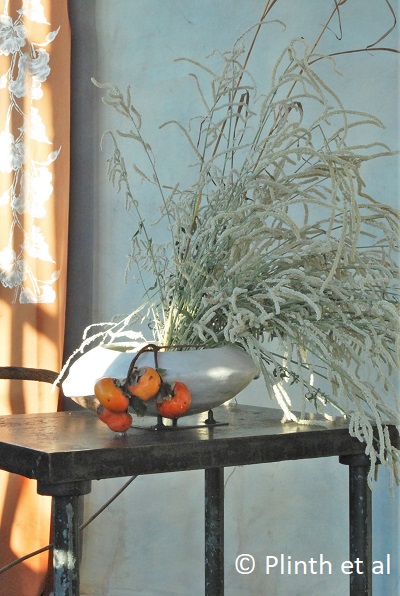
If a Simone Bodmer-Turner ceramic was transformed into a plant or garden, what would it be?
Hah I’m not sure if it’s exactly “me as a plant” but I am completely, undeniably in love with Pink Smoke Bush. The lightest shade. It’s the most ethereal plant with deep mauve-purple leaves that flowers into this frothy cloud of pinky purple feathers with mint green undertones. I never get tired of it. I want a whole yard full of them.
Thank you Simone for the interview!





